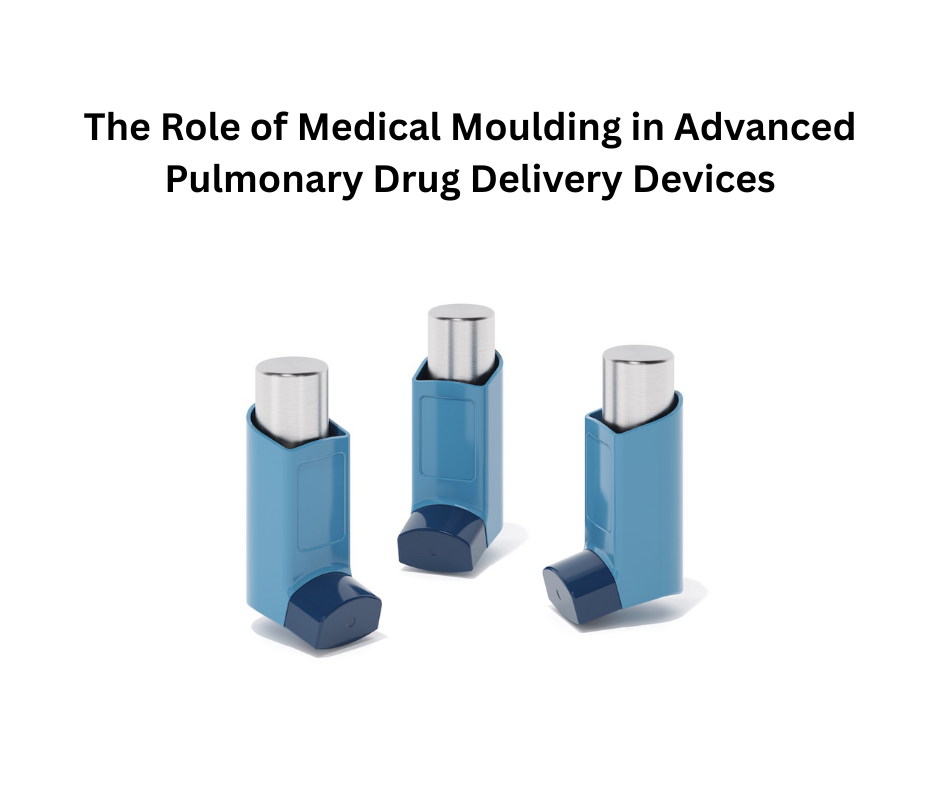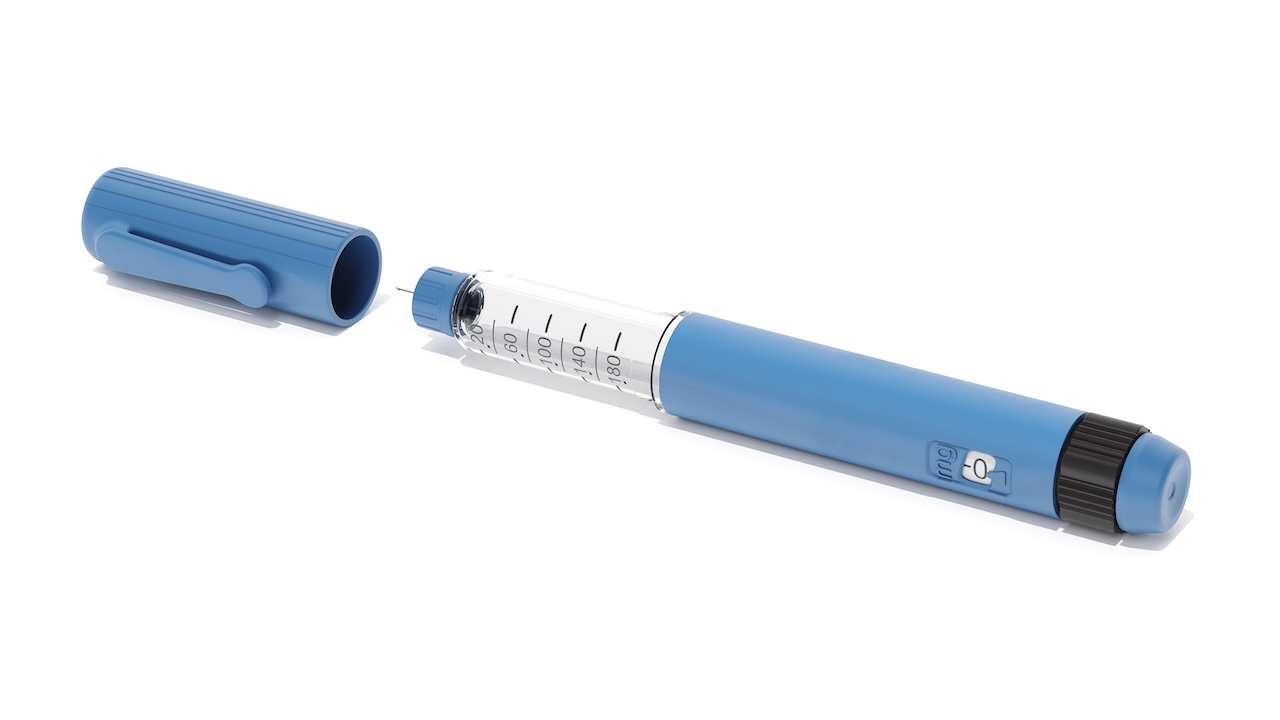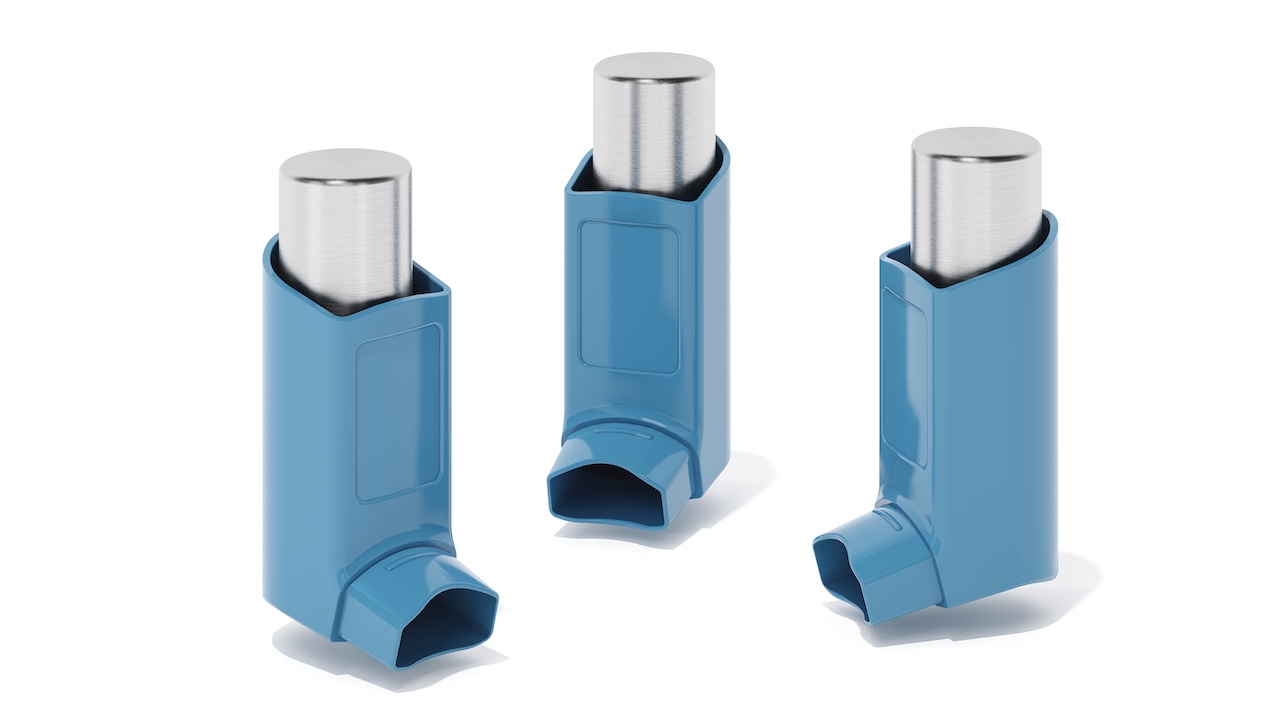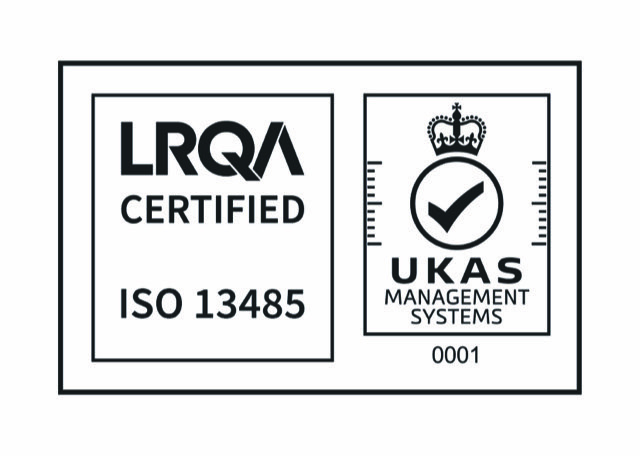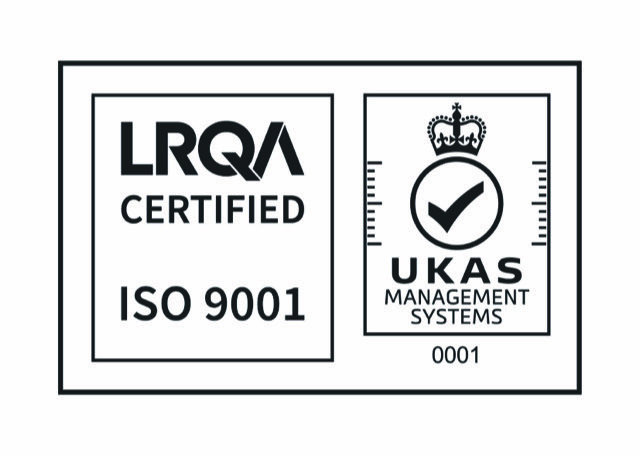Medical Device Market after COVID-19
The COVID-19 pandemic has redefined the Medical Device sector, with new trends and long-lasting effects in the years to come.
The phenomenal growth of Home Medical Device
Telehealth is emerging as a significant growth sector within the healthcare industry. Its adoption accelerated notably during the pandemic, as patients were encouraged to remain at home rather than risk exposure through in-person visits. This model enables patients to consult with healthcare professionals remotely via secure video conferencing platforms, offering a convenient and effective alternative to traditional face-to-face appointments.
For example, the American multinational telemedicine and virtual healthcare company Teladoc’s sales increased by an additional 80% yearly to $522 million (£385 million) in the three months that ended in September 2021. According to McKinsey, the investment in digital health and the revenues of telehealth companies almost doubled in 2020 compared to 2020, reaching $14.6 billion and $5.5 billion respectively. McKinsey also pointed out that there have been certain regulatory updates facilitating the expansion of telehealth, furthermore, consumers and providers are having a more positive attitude toward telehealth compared to the pre-COVID-19 era.
The COVID-19 also pushes people away from costly hospital trips and stays, towards remote, at-home care. According to McKinsey, by 2025, $265 billion in care that is presently delivered in hospitals and clinics in the US might be delivered at home, leading to a fourfold rise in the cost of at-home healthcare. And according to a survey by Grand View Research, Inc the size of the worldwide home healthcare market is anticipated to reach USD 666.9 billion by 2030, growing at a CAGR of 7.96% over the projected period, and the convenience provided by home healthcare services, increased patient outcomes, and cost effectiveness are all factors in this expansion.

Microfluidic chip with integrated optics features (Photo: Micro Systems)
An increase in the popularity of vitro diagnostic (IVD) products
Before the COVID-19, most diagnostic tests were time consuming, with multiple tests and a long waiting time between samples taken and results received. However, the COVID-19 pushed the world for new methods of carrying out diagnostic tests, and patients can benefit from less waiting time, more convenience, more preventive treatment, at the same time, there is less pressure on the state hospitals and laboratories, and there could be financial savings. According to Kalorama, the global in vitro diagnostics (IVD) market was projected to reach USD 127.4 billion by the end of 2022, with USD 32.6 billion attributed to SARS-CoV-2 testing and USD 94.8 billion derived from non-SARS-CoV-2 diagnostics. Looking ahead, the market is expected to grow to approximately USD 140 billion by 2027. Among the fastest-growing segments is cancer diagnostics, with significant growth observed in technologies such as in situ hybridisation, molecular cancer markers, immunohistochemistry, and HPV molecular testing..
According to Research and Markets, the continuous glucose monitoring (CGM) market is projected to grow at a compound annual growth rate (CAGR) of 6.6% between 2021 and 2027, driven primarily by the ageing global population and the increasing prevalence of diabetes. Currently, more than 537 million individuals worldwide are living with diabetes, a figure expected to rise by over 37% to approximately 783 million by 2045. The CGM sector remains highly competitive, though relatively few key players dominate the market—among them Abbott, Roche, Tandem Diabetes Care, Dexcom, and Senseonics.
However, Covid-19 test manufacturers Danaher, Abbott, Labcorp, and BD released statements in January 2023 on the sharp declines in sales of Covid-19 tests during the first two quarters of 2023. Further declines in sales are expected in the coming months following the official declaration that the pandemic no longer constitutes a public health emergency. Additionally, from this year onwards, governments in countries such as Canada and the United States will cease to provide free COVID-19 testing. This policy shift is anticipated to result in a continued reduction in demand, particularly for COVID-19 tests marketed directly to the general public.
A strong recovery for non-urgent Medical Device
The medical equipment market has experienced growth, driven by an increase in hospital admissions linked to the ongoing recovery in demand for non-urgent surgical procedures and efforts to alleviate healthcare staffing shortages. During the initial 12-week peak of the COVID-19 disruption in 2020, researchers estimated that approximately 28 million elective procedures were postponed globally. This included around 2.3 million cancer-related surgeries and approximately 500,000 Caesarean sections. Even with a 20% increase in elective procedure volumes above baseline levels post-pandemic, it is estimated that it would take, on average, 45 weeks to address the resulting backlog.
According to Abbott Laboratories, three years into the COVID-19 pandemic, the majority of postponed non-urgent medical operations had resumed internationally as hospital staff shortages subsided and patients began scheduling routine check-ups, sending shares up 7%. Even though COVID testing-related sales were expected to decline dramatically, the company was able to effectively improve projection for its core business as a result of the much-anticipated rebound in elective procedures. Baxter, a manufacturer of infusion pumps and dialysis supplies, also reported a 2.7% increase in quarterly revenue of $3.85 billion.
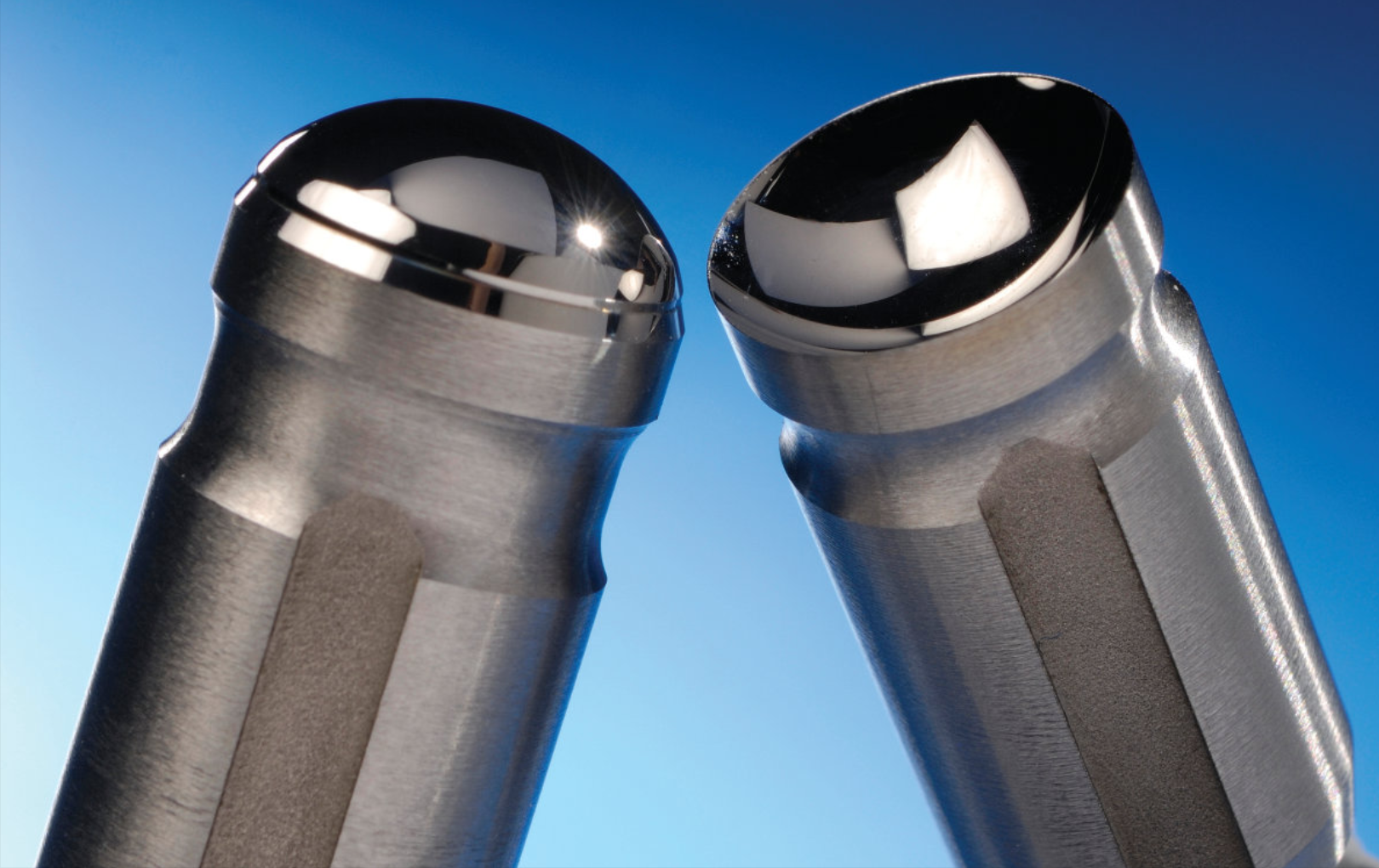
Micro Systems specialises in the design, manufacture and validation of ultra precision micro moulds for the medical, pharmaceutical and optical markets, at the same time, the development and use of micro and nano technologies in the design and manufacture of injection moulded components. We have a dedicated micro moulding facility, and have ISO13485 and ISO9001 certifications. Contact us today to start planning your micro injection moulding project and take advantage of our decades of micro moulding expertise.

